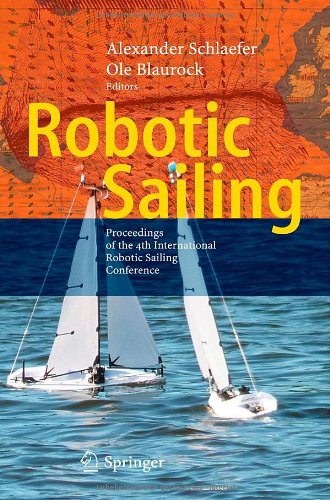

Most ebook files are in PDF format, so you can easily read them using various software such as Foxit Reader or directly on the Google Chrome browser.
Some ebook files are released by publishers in other formats such as .awz, .mobi, .epub, .fb2, etc. You may need to install specific software to read these formats on mobile/PC, such as Calibre.
Please read the tutorial at this link: https://ebookbell.com/faq
We offer FREE conversion to the popular formats you request; however, this may take some time. Therefore, right after payment, please email us, and we will try to provide the service as quickly as possible.
For some exceptional file formats or broken links (if any), please refrain from opening any disputes. Instead, email us first, and we will try to assist within a maximum of 6 hours.
EbookBell Team

0.0
0 reviewsWhile sailing has a long tradition, both as a means of transportation and as a sport, robotic sailing is a fairly new area of research. One of its unique characteristics is the use of wind for propulsion. On the one hand, this allows for long range and long term autonomy. On the other hand, the dependency on changing winds presents a serious challenge for short and long term planning, collision avoidance, and boat control. Moreover, building a robust and seaworthy sailing robot is no simple task, leading to a truly interdisciplinary engineering problem.
These proceedings summarize the state of the art as presented at the International Robotic Sailing Conference 2011. Following an overview of the history of autonomous sailing a number of recent boat designs is presented, ranging from small one-design boats to vessels built to cross the Atlantic Ocean. Subsequently, various aspects of system design and validation are discussed, further highlighting the interdisciplinary nature of the field. Finally, methods for collision avoidance, localization and route planning are covered.